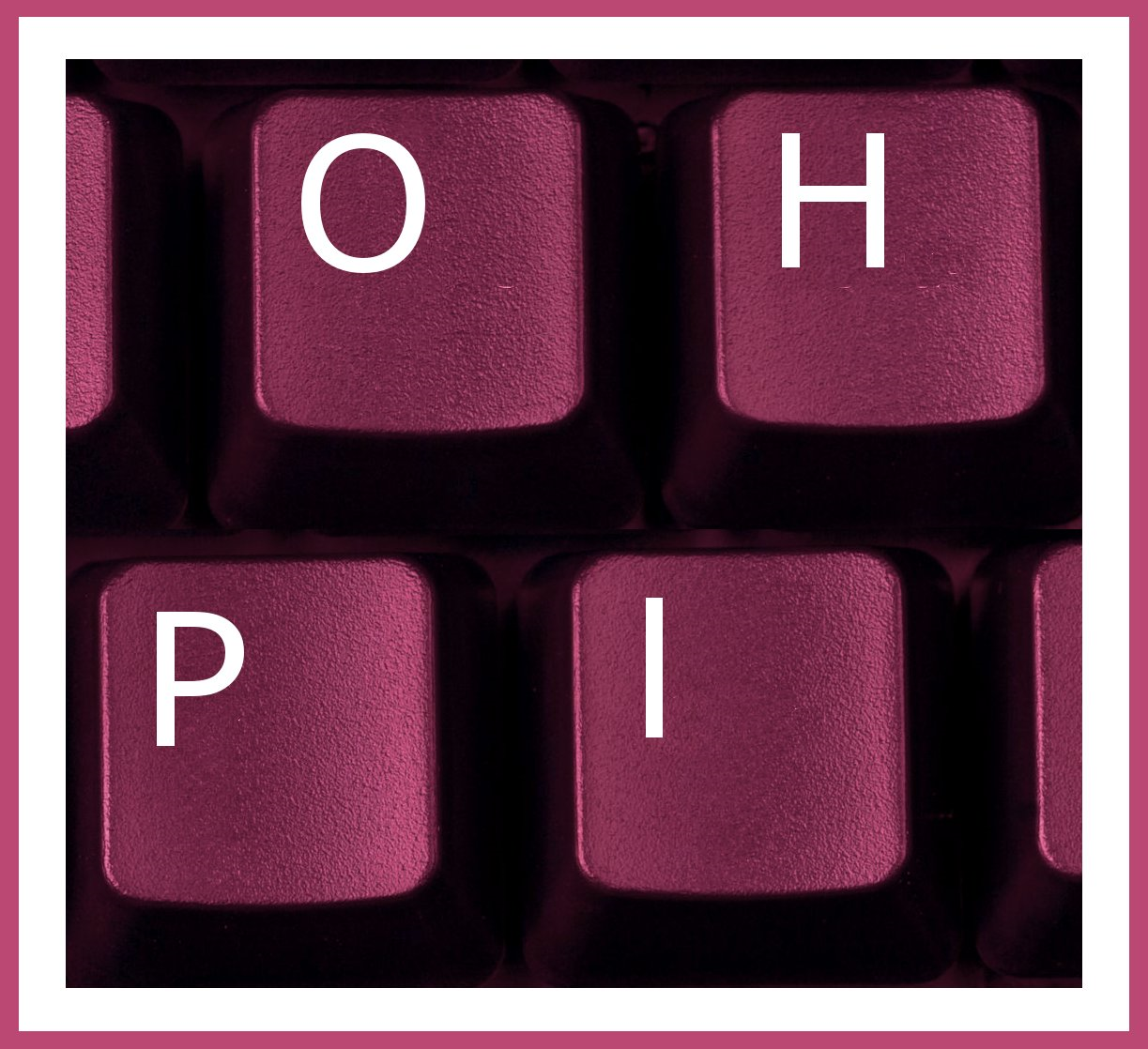
In the midst of the coronavirus pandemic, the rise of abhorrent attacks against Asian Australians is ever increasing. The vilification and blaming of the Chinese people has led to race-motivated violence and abuse of Asians all around Australia. The COVID-19 Coronavirus Racism Incident Report launched by Asian Australian Alliance has reported over 300 cases of COVID-related racism since 2 April 2020. This acceleration of racism, founded on pre-existing anti-Chinese sentiment already prevalent in Australia, was exacerbated by the blame narrative that took off at the start of the pandemic.
The media’s insensitive portrayal of China and the virus largely framed the public conversation – pushing it further into isolating the Chinese community. In the early stages of the pandemic, the Herald Sun published a subheading that read “Chinese Virus Pandamonium”. On the same line, the Daily Telegraph headlined “China kids stay home”. The danger of this type of media coverage is that it encourages discrimination against the Chinese community both within and outside of Australia. The impact of this can be seen in the language of many Australian people when referring to the virus.
However, associating the virus with Wuhan and China is erroneous, irresponsible and dangerous. Health organisations and experts have referred to the virus as the novel coronavirus, COVID-19 and SARS-CoV-2. They had taken particular care to avoid creating a name that referred to a particular location, individual or animal. As such, calling the coronavirus the “Chinese virus” or “Wuhan virus” only plays into the xenophobic and racist narrative aimed at stigmatising the Chinese community. When confronted with the fact that calling it the Chinese virus is racist, many people resort to the argument that various diseases have been named after its place of origin. This is shown in the example below. To note, this particular comment echoes the same tone and line of response many people give when criticised about their choice of wording for the coronavirus.

See it live and report it.
The often used arguments regarding the Spanish flu and Ebola are common misconceptions that need to be addressed. The Spanish Flu did not originate in Spain as the name would suggest, it was named after Spain because during the era of media blackouts and suppression, Spain was the only country to freely report on the outbreaks. Ebola on the other hand, was named after a river even though the virus had surfaced in the village of Yambuku. This was done to tone down the emphasis on a particular location and to lower the risk of stigmatising the village.
It is true that there has been a history of radicalising pandemics by linking it to a particular place or people. However, this was done in an attempt to intensify nativist beliefs and ethnic hatred. In 2005, the World Health Organisation recognised this and introduced guidelines to reform this practice. Assistant Director-General of WHO, Dr Keiji Fukuda, acknowledged that “disease names really do matter to the people who are directly affected. We’ve seen certain disease names provoke a backlash against members of particular religious or ethnic communities, create unjustified barriers to travel, commerce and trade, and trigger needless slaughtering of food animals. This can have serious consequences for peoples’ lives and livelihoods.”
Below is an analysis of comments made by people on Facebook pages such as Advance Australia (ID: 308746806571901), Stop Foreign Ownership in Australia (ID: 109710986037906), Australian Liberty Alliance (ID: 819086604786287), Rod Caddies – Pauline Hanson’s One Nation (ID: 251320805262087) and the Fraser Anning Support Group (ID: 408620909867336).
The “Chinese Virus”
Despite the impact of calling the coronavirus the Chinese Virus, Australians have continued to use this language on social media without any condemnation from other users. Instead, these comments are liked and further entertained by others.

See it live and report it.

See it live and report it.

See it live and report it.
To assess the weight of using this term, the recent case of a Chinese woman being racially attacked in Melbourne speaks volume. The assailant in this case, also used the term “Chinese virus” to justify her racially charged taunts and abuse. These racist attacks on Chinese Australians are unacceptable and unreasonable in every sense, and it is only further encouraged by people calling it the “Chinese virus”.
The “Wuhan Flu”
In the same vein, people are choosing to delve even deeper by calling it the “Wuhan Flu” which risks stigmatising the entire city.

See it live and report it.

See it live and report it.
Other Derogatory Terms
Other derogatory terms such as “Chingchong virus”, “Winnie the Flu”, and “Kung Flu” have also been used to mock the Chinese people, their culture and language. In the first example of the briefing, the user called the coronavirus the “Chingchong” virus – a word that carries a history of intense discrimination and racial bullying. Further, the continued association of the virus to China in memes and jokes only perpetuate the negative sentiment and racism towards Chinese people. As such, the examples shown below need to be reported and removed due to its inappropriate and offensive nature.

See it live and report it.

See it live and report it.
In relation to the term “Kung Flu”, recent news has become very relevant in that the San Antonio City Council has unanimously passed a resolution condemning the use of terms such as “Kung Fu virus” and “Chinese virus”. Although the resolution has no effect outside San Antonio, it is important in highlighting the severity and weight of these terms. The resolution provides that the deliberate use of these terms only encourages the spread of misinformation, hate crimes and incidents against Asians. Along with San Antonio, everyone should play a part in denouncing discriminatory and hateful behaviour.
Conclusion
As many have noted, the coronavirus does not discriminate, so why should we? In a time where empathy and compassion is necessary and vital, our kindness and care must be as indiscriminate as the virus. So we ask of you, especially during this time, to condemn hate speech seeking to cast blame and promote racism and discrimination.
Criticising the way the coronavirus is framed by the media and public might sound like a trivial pursuit to some, but we have seen the ripple effects that have followed. Anti-asian racism has increased alongside incidents of racial attacks and abuse. We cannot let the scapegoating of an entire race occur and we cannot let this coronavirus-driven hate be normalised.
The OHPI calls on Facebook and other social media platforms alike to remove comments and pages that encourage racist and discriminatory behaviour. We also ask for your help in speaking out against this behaviour, by reporting it and creating awareness about it. As a whole, we can all take steps to eliminate hateful speech and acts, and sometimes, it can be as simple as educating yourself or someone on why calling the coronavirus a “Chinese virus”, “Wuhan virus”, “Kung flu” or “Chingchong virus” can be harmful and intolerant.
Researched & Written by Sarah Ngo
Add Your Comments and Support
Comments on this briefing can be made on this Facebook post.
The Online Hate Prevention Institute is a Registered Charity that tackles all forms of online hate. You can support our work by making a donation at https://ohpi.org.au/donate/. You can also join us on Facebook, or join our mailing list.
This article is part of the Online Hate Prevention Institute’s special focus on Coronavirus: Racism, Hate Speech and Fake News.
